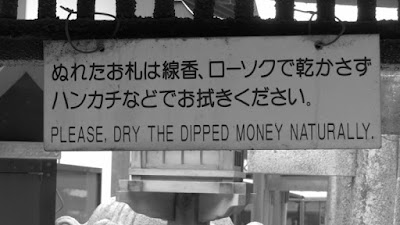Stuck on a lifeboat
You are stuck on a lifeboat with a group of people after the cruise liner you were on sank. You ran out of food two days ago, and people are starting to talk about eating each other to keep at least some of the survivors alive long enough to be rescued. But who should you eat?
"One of the passengers is a serial killer - you should keep him alive so he can kill those ones you're going to eat!"
"Euww, I don't think I could eat anyone."
"What, even if you were starving to death?"
"Eat the annoying people first."
"Maybe the kids would be softer and easier to eat."
This was one of the craziest discussions we had with our kids using the topics from this book. Some are topics and subjects that really stretch the imagination and some hit a little closer to home; but all manage to get everyone thinking and discussing a lot of differing points of view and suggestions.
Getting kids talking
What parent hasn't been frustrated by kids giving one word answers.
"So what did you do at school today Johnny?
"Nothing."
We're always looking for ways to get our kids talking and discussing things, so when I found this book I just had to get it.
It's a brilliant book that we've found is great to use over dinner with our kids and have had some fun and interesting discussions from it.
This book has 109 conversations about Ethics, topics like bullying, fate, moral responsibilities, cheating, friendship ..the list goes on.
Not only does the book provide topics of conversation, but it also sets up situations, questions and suggestions to lead you through the topic in stages, gradually bringing the discussion from the simple to the more in-depth and complex issues. There are plenty of 'what would you do?' situations, and with no right or wrong answers, it's a great way to get conversations going - especially when you have someone willing to play devil's advocate and suggest outrageous and downright bad things to get a reaction from your kids!
The introduction to the book does provide guidelines and help for parents to use the book, how to encourage your kids without putting words into their mouths.
The topics also mean that kids are not only speaking and practising their skills of conversation, debating and arguing points, but they are also learning about ethics, new situations and developing their own moral values.
Even more discussion topics
Michael Parker has also written another book of conversations to have with your kids with over 100 more ideas to use. This second book is called
We're looking forward to using that book too when we've finished the first one.
Have you seen or used this book?
What other methods do you use to get your kids talking?
The opinions in this post are entirely my own, However, the links to the books are for the Book Depository where I have an affiliate link and do earn a commission for any sales via this website.


















































